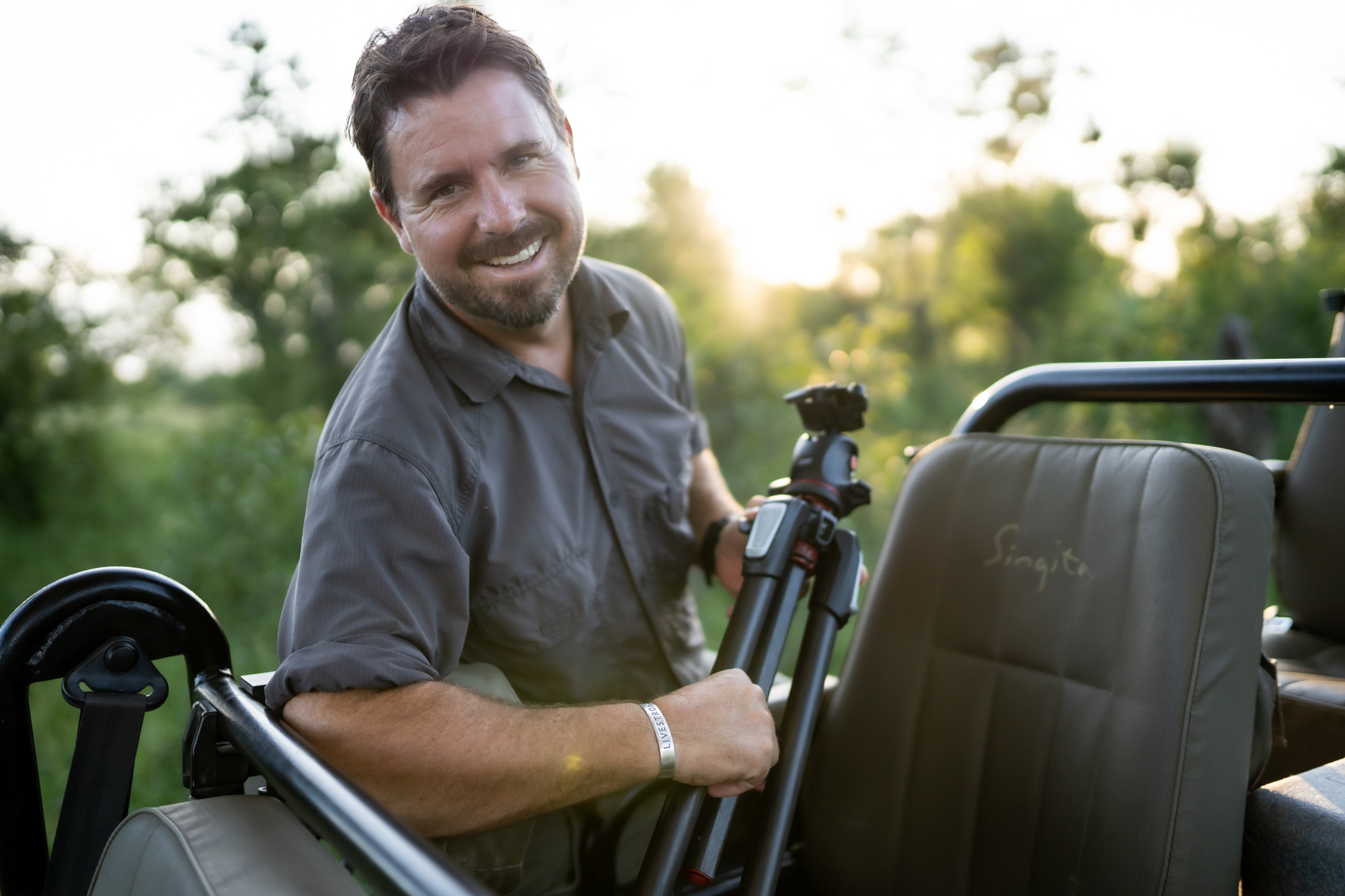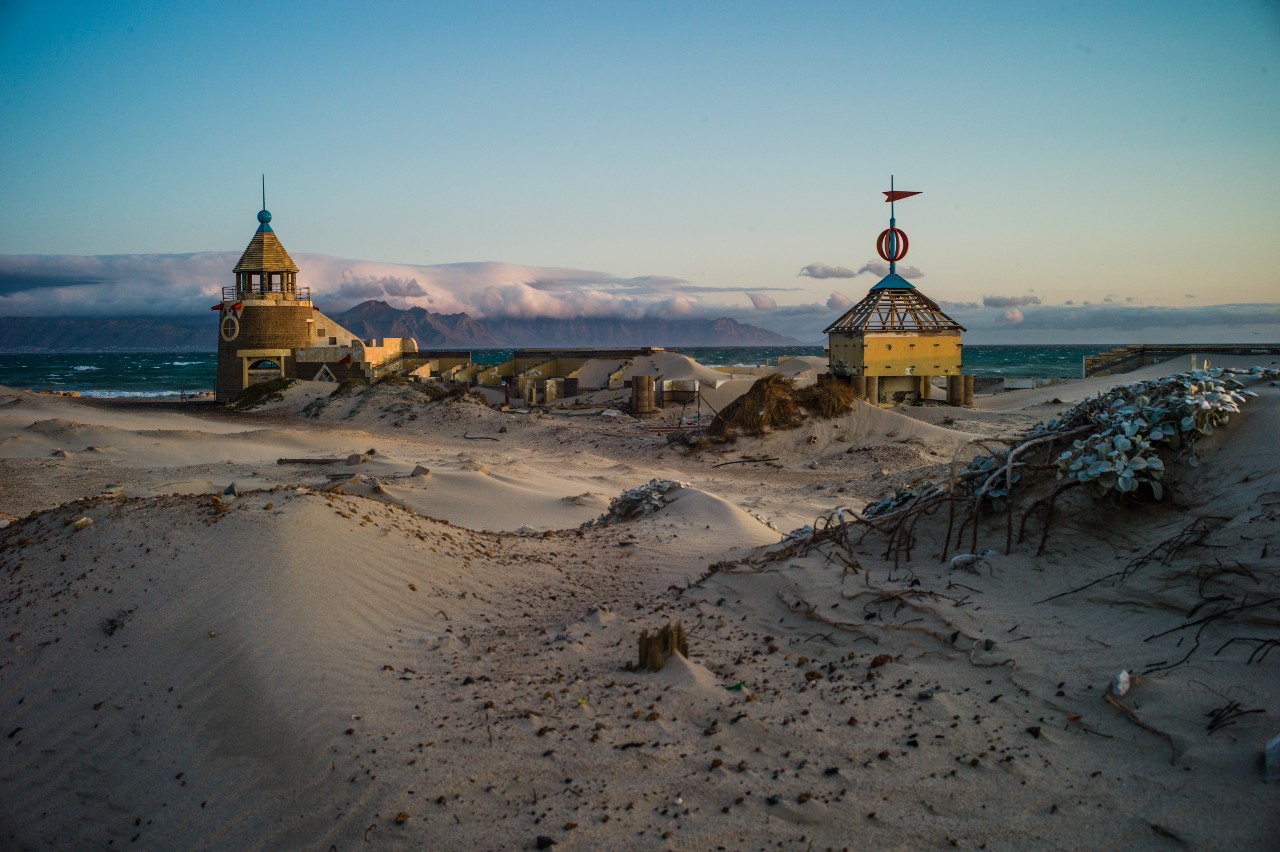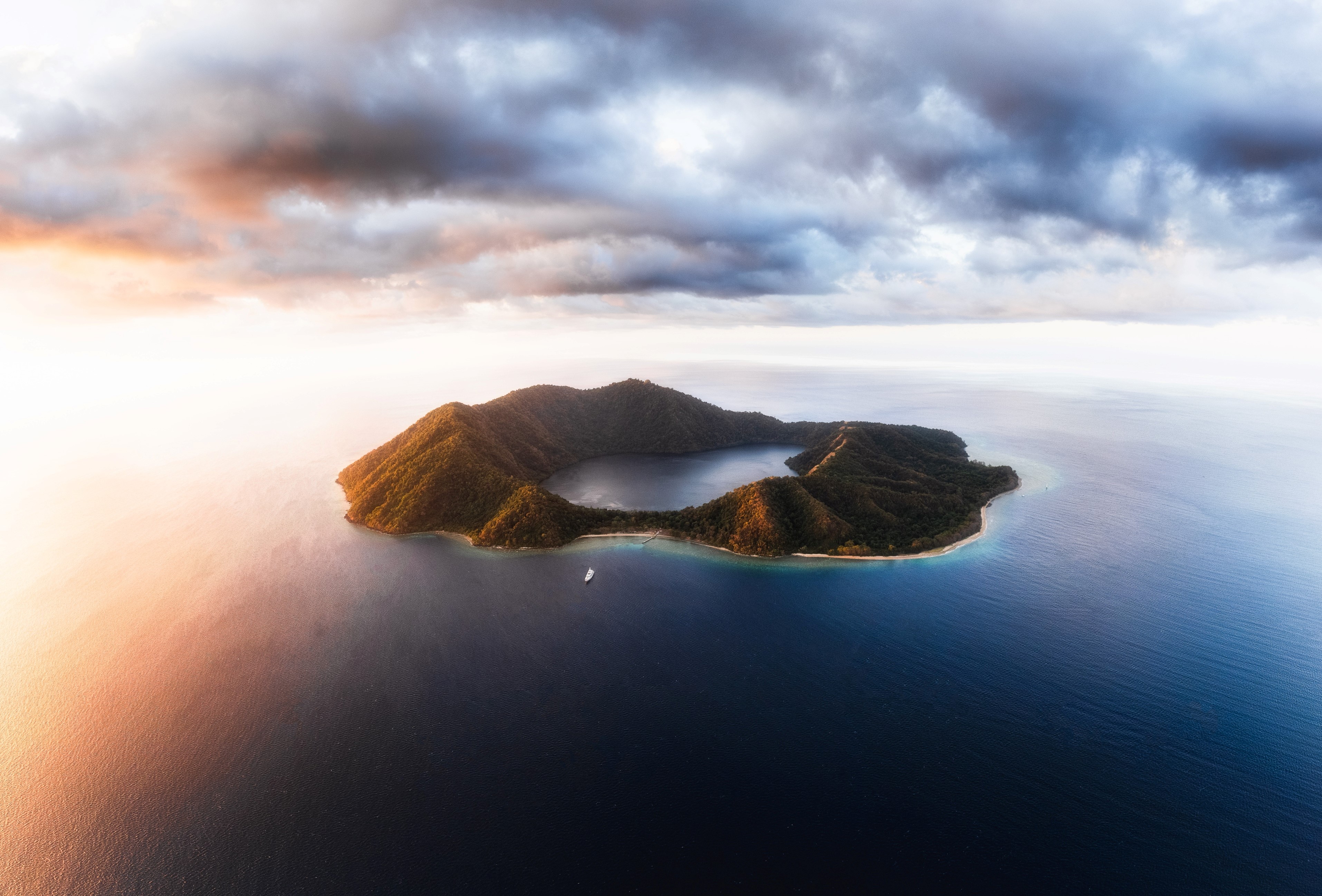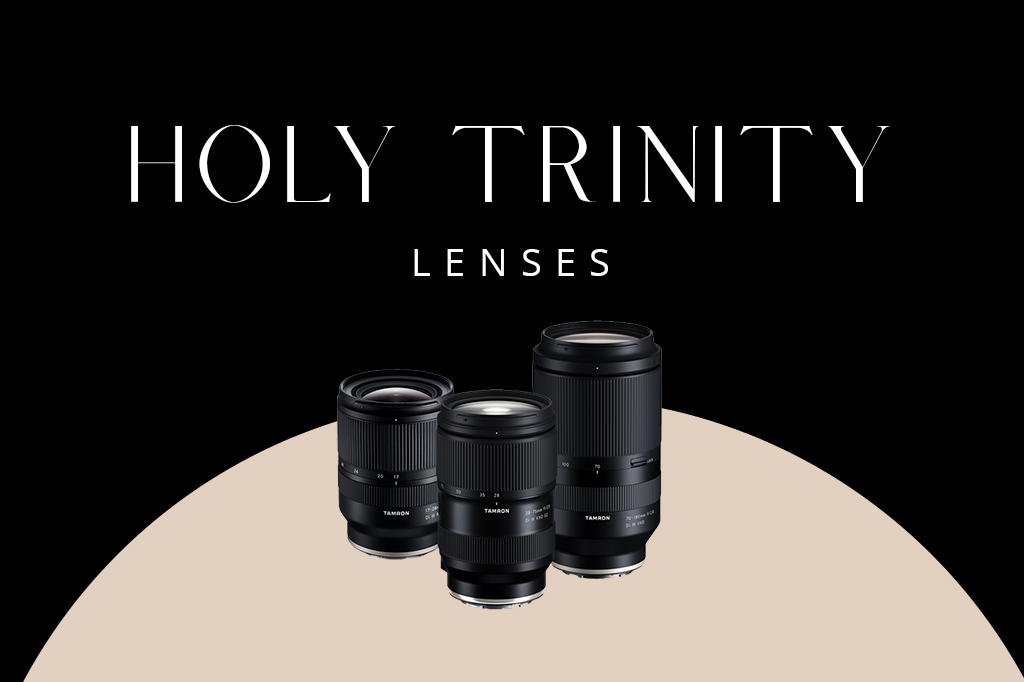Embarking on a journey into the wild offers an unparalleled opportunity to connect with nature and capture its raw, unfiltered beauty. Whether you’re an aspiring wildlife photographer or a seasoned enthusiast, learning from those who have mastered this art can elevate your skills and deepen your appreciation for the natural world. We’ve put together some of our favourite insights, and tips from expert wildlife photographers from within the Orms community, who reveal the secrets behind their breathtaking shots and share invaluable advice for capturing the essence of wildlife in its most authentic form. Prepare to be inspired and equipped for your next wild adventure.
Rodger Bowren
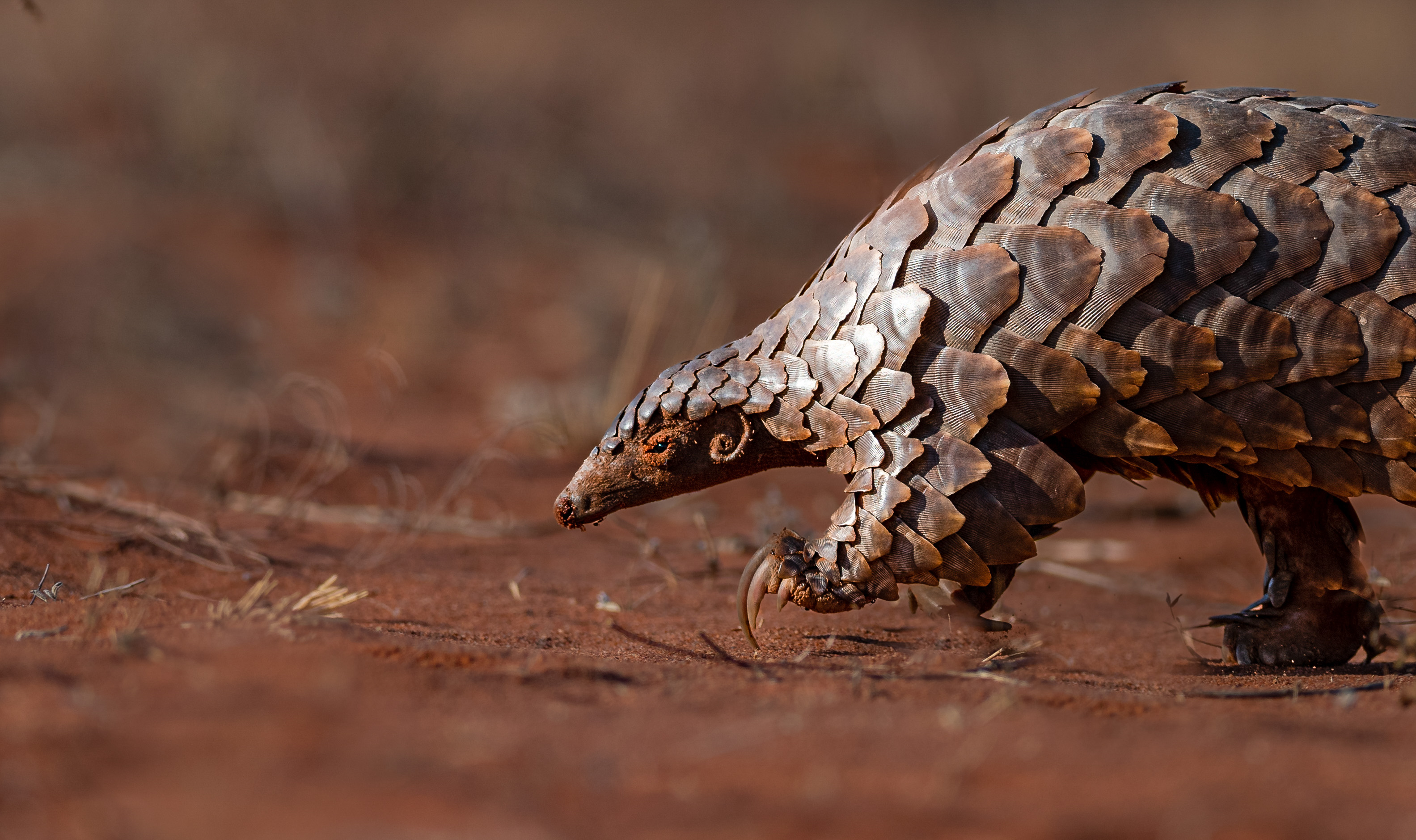
Meet Rodger Bowren, a seasoned safari guide and acclaimed wildlife photographer. With a career dedicated to sharing the marvels of the wild, Rodger excels in leading immersive safari excursions and capturing the essence of wildlife through his camera. Rodger’s deep-rooted passion for nature and immense respect for wildlife and their habitats is clearly portrayed in the stunning images he creates. Since 2008, Rodger has guided at top safari lodges in South Africa, and since 2015, he has been based in Cape Town, focusing on private guiding and safari planning across Africa.
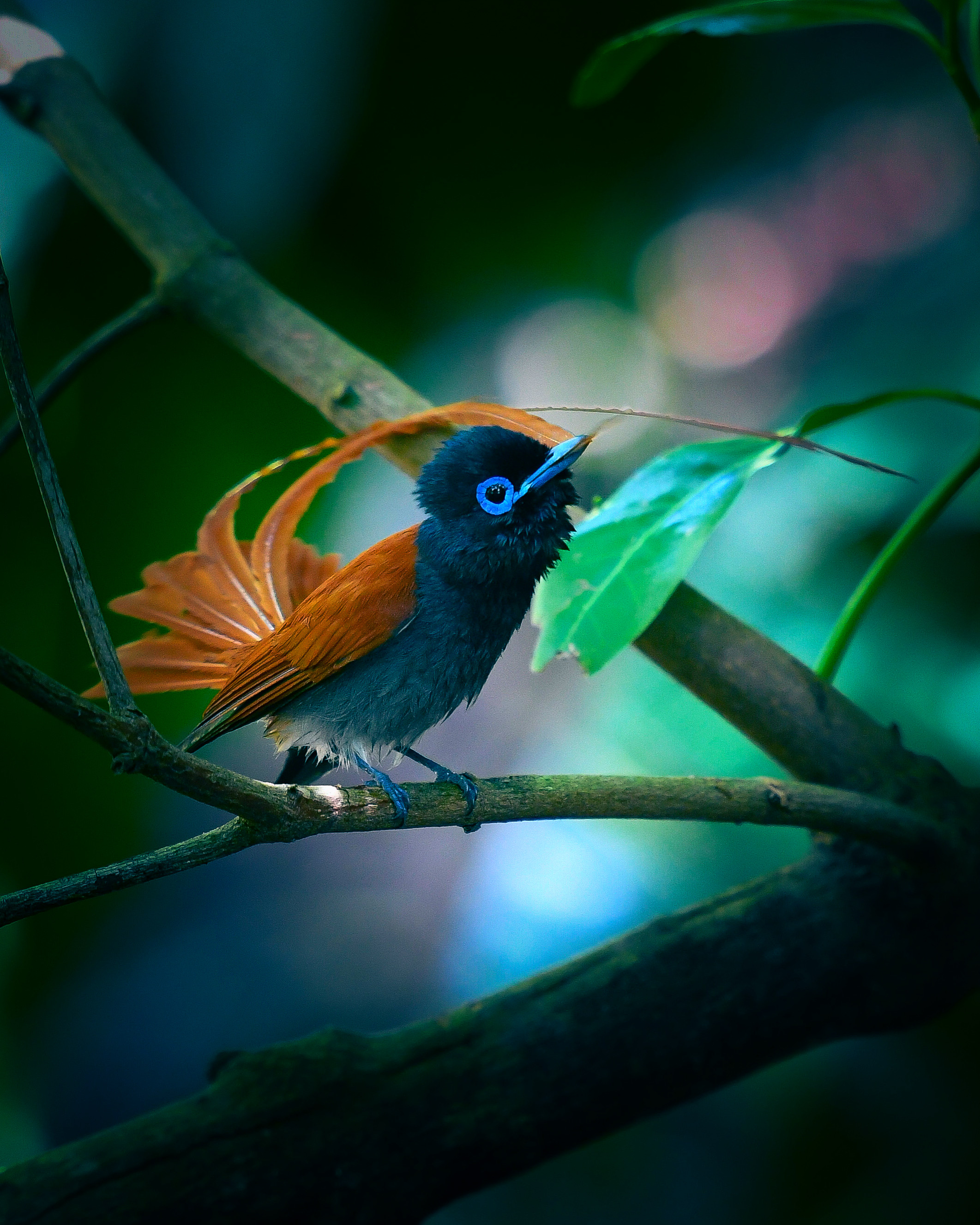
What equipment do you typically use for wildlife photography, and what are your favorite lenses and camera settings for capturing wildlife?
I am currently shooting with the Nikon Z6 II and Sony A9 II. I have always been a Nikon fan, but when the craze of Sony boomed, I decided to jump on board. I am still figuring out what I prefer to use, but it’s very handy knowing both cameras.
Favorite lenses are:
70 – 200mm F2.8
300mm F2.8
400mm F2.8
Depending on the subject and the image I want to capture, my settings will vary between aperture priority and manual. My f-stop will range between f2.8 – f5.6, and the shutter speed varies.

How do you approach ethical considerations in wildlife photography, such as not disturbing animals or their habitats?
Great question – The animal and its habitat always come first. I always teach my guests that one of the most important things to know in the field is animal behavior. This will get you out of a potentially dangerous situation and you can preempt what the animal movements are. Giving animals their space and letting them approach you is the right way to do it. The animal is then relaxed and you will have a better chance of getting great images.
Naudé Heunis
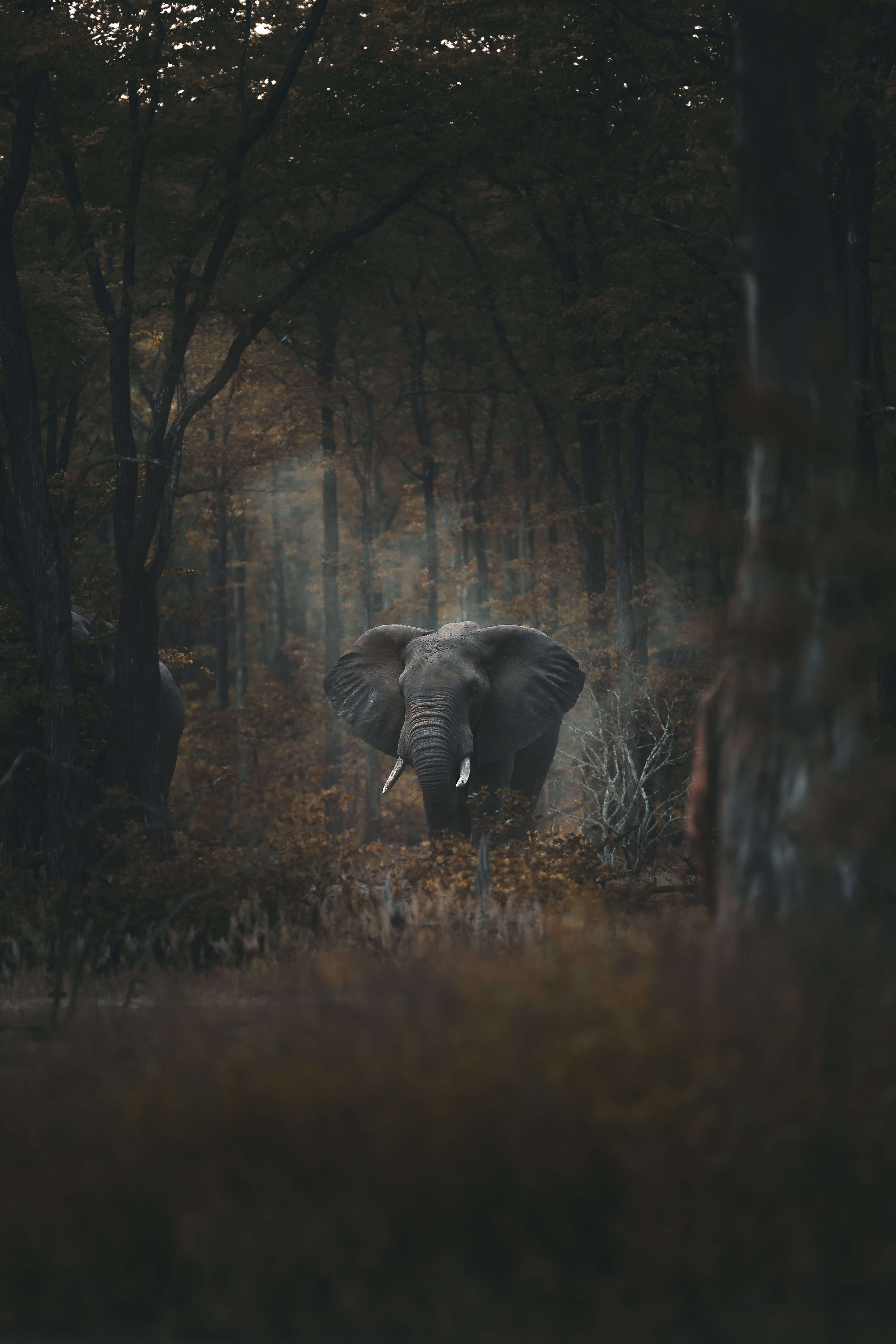
Naudé Heunis is a renowned photographer and cinematographer whose exceptional artistry captures the essence of the wild. Specializing in wildlife, adventure, aerial, and underwater photography and filmmaking, his work brings every frame to life and forges a deep connection with nature. His career began serendipitously when he stepped in for a friend on a National Geographic shoot, and he has since become one of Africa’s leading wildlife filmmakers. Heunis is driven by the belief that one person can start a change – it’s the heartbeat of my storytelling.
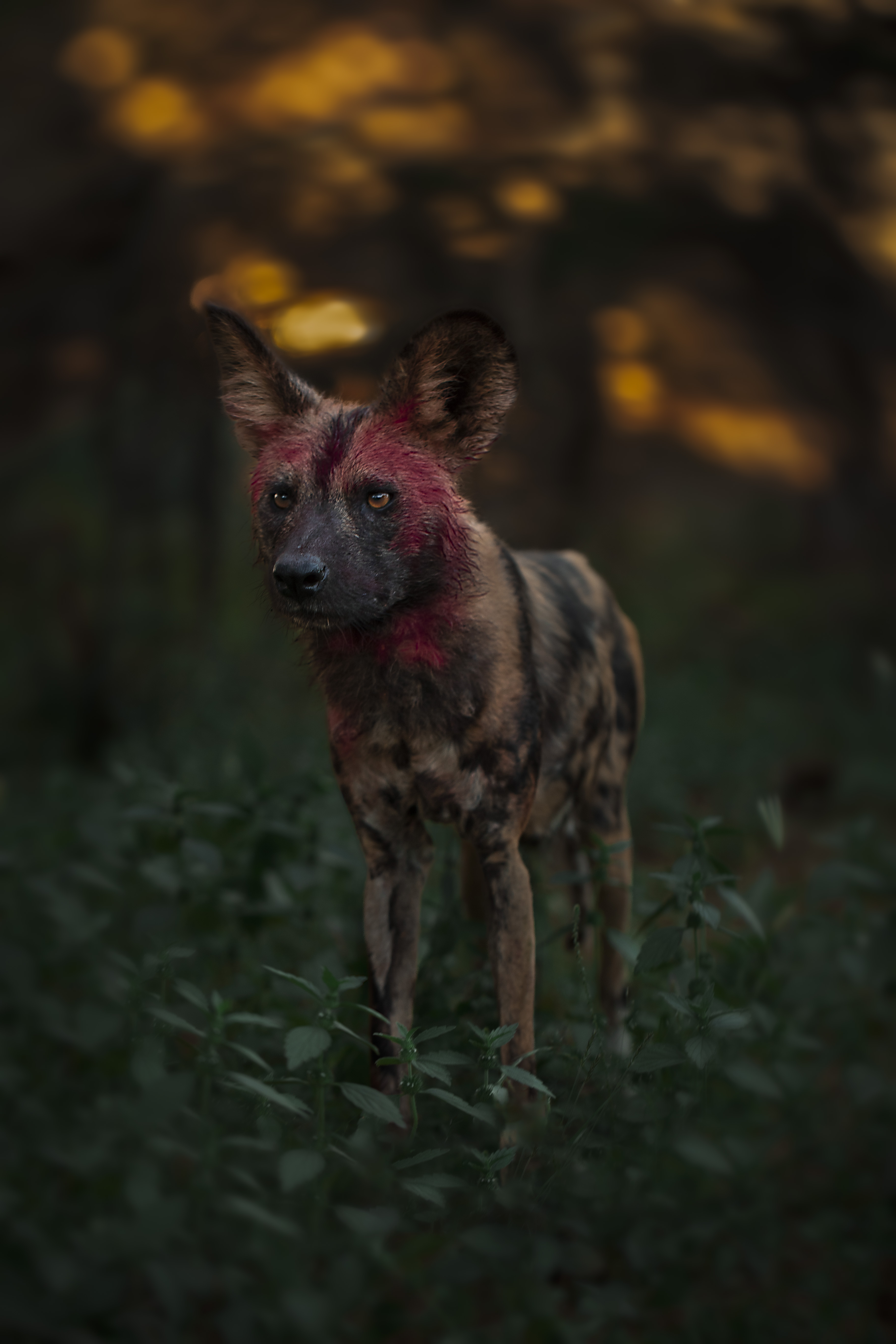
In your opinion, what are some common mistakes that wildlife photographers/cinematographers make?
I think a lot of people forget to research the species they’re going to encounter. Understanding animal behaviour can be really helpful in the field. Patience is also key in wildlife photography, along with good knowledge of the landscape and having a guide who knows the area well and understands light.
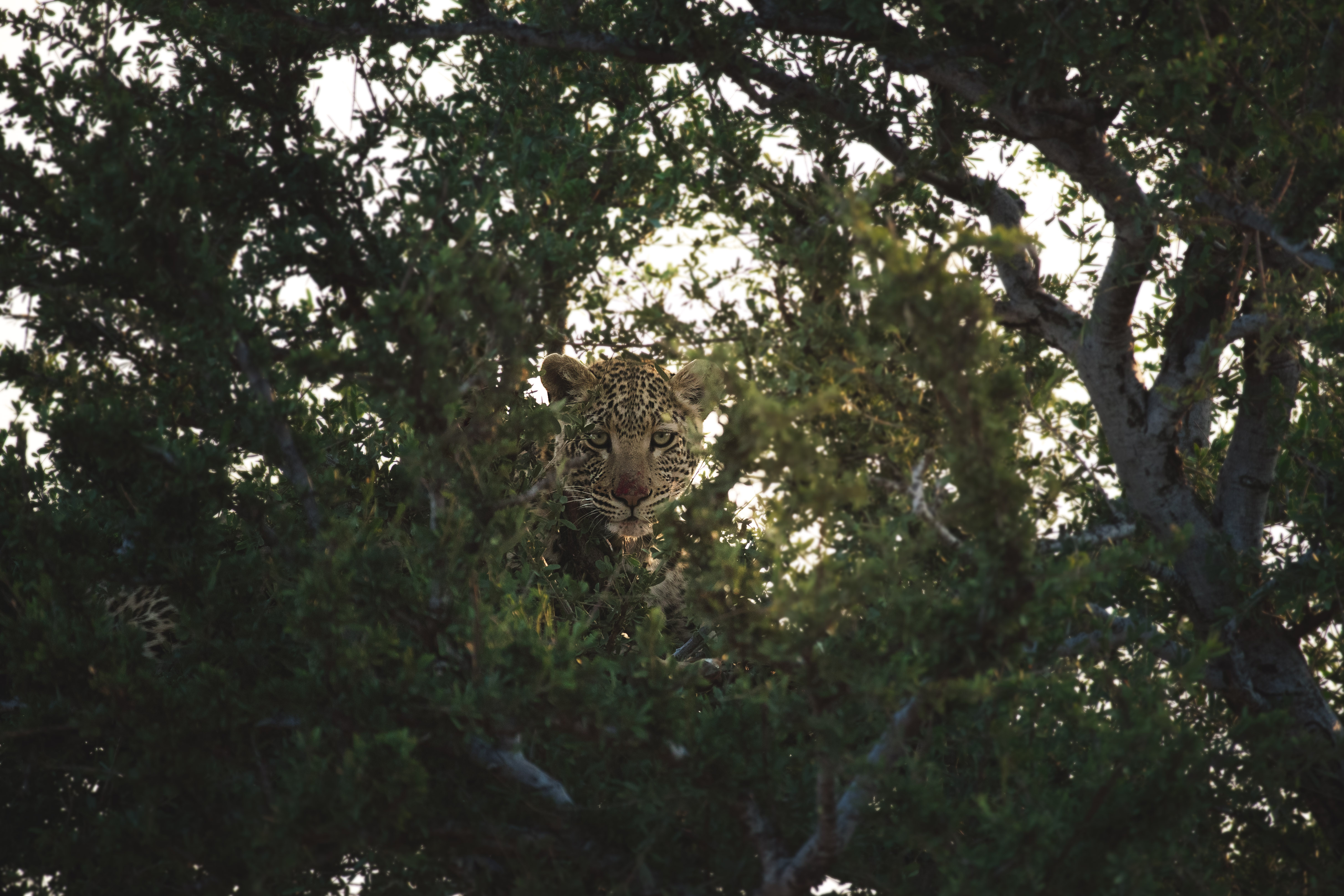
Which camera do you shoot with?
At the moment, I’m shooting with the Sony A7S III.
Jemma Wild
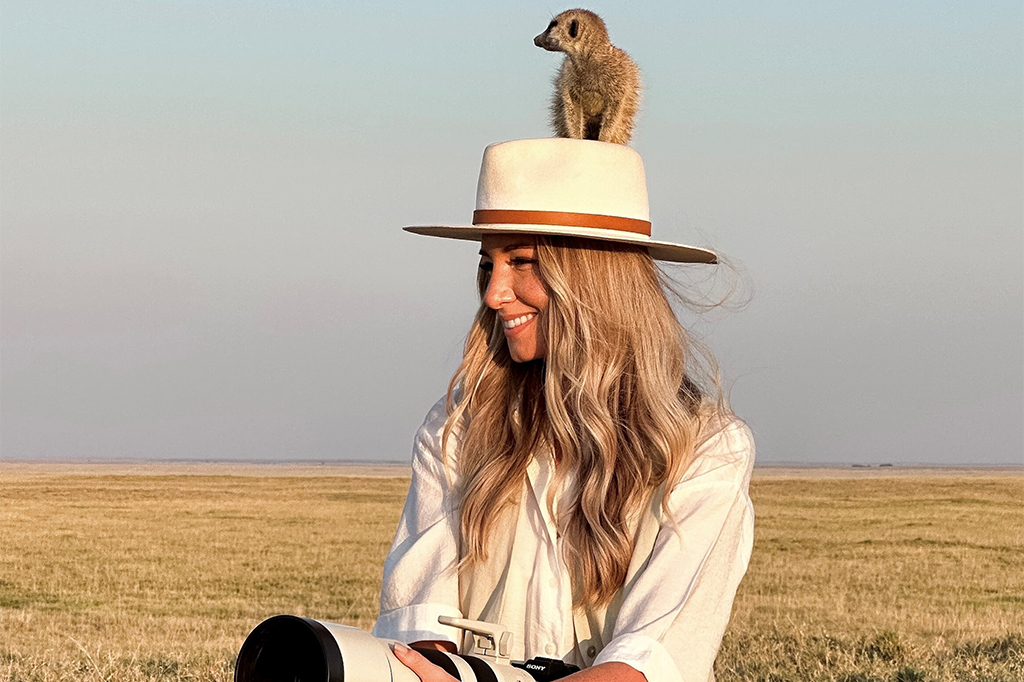
Jemma Wild is an emotive photographer whose work spans wildlife, safari, interior, and architectural photography. She excels at capturing the enchanting interactions between people, wildlife, and their environments. Despite working in a male-dominated industry, Jemma has carved out her niche, proving herself far beyond the stereotype of a well-dressed woman in a Jimny. As a safari-travel photographer and content creator for luxury lodges across Africa, Jemma’s journey began in Durban, where her childhood was spent on horseback, camping, and surfing – a testament to her enduring love for the outdoors.
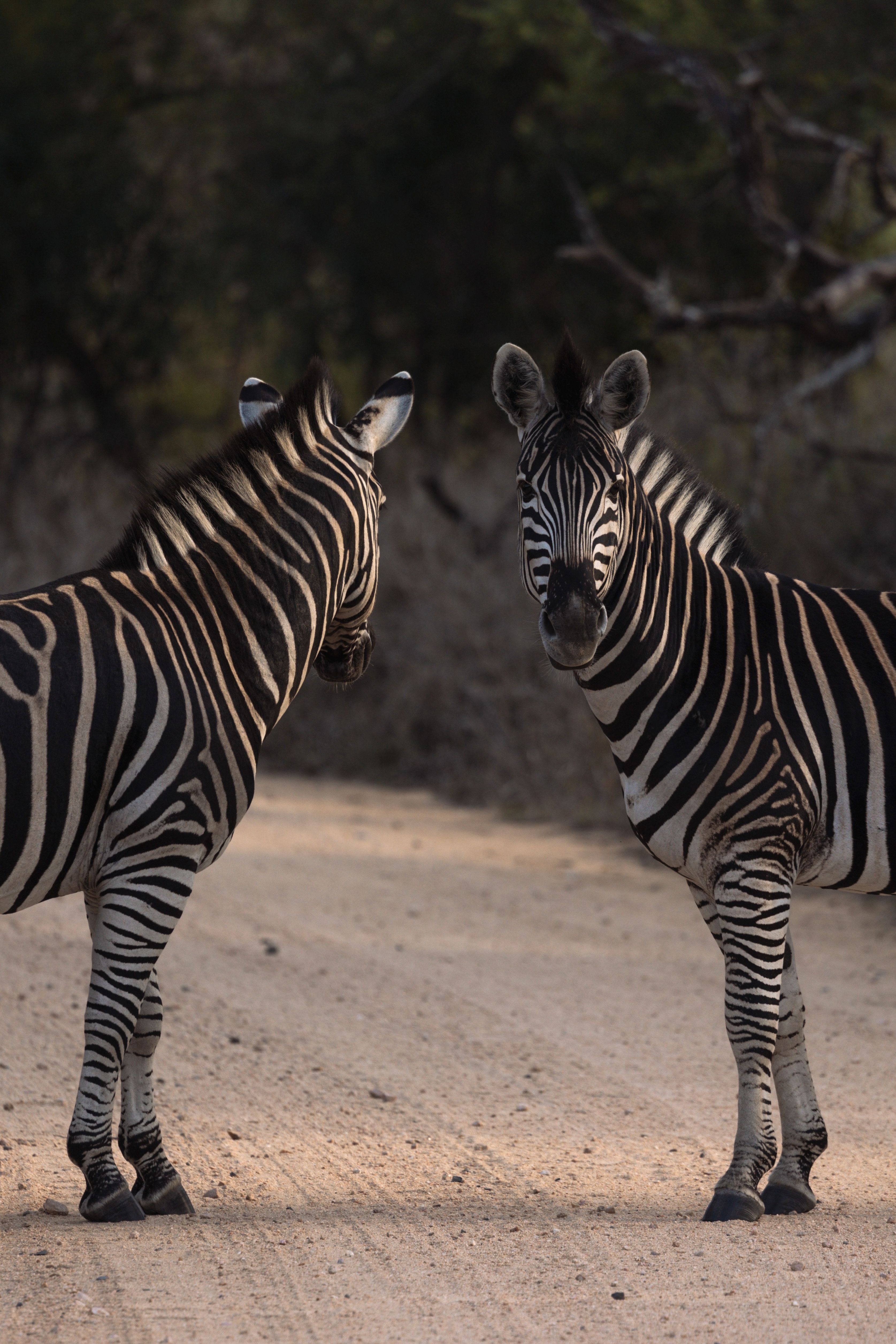
What camera do you shoot with?
I currently shoot with the Sony A7 IV, and I am OBSESSED. I started out in the Sony stable on an A6600 which was great for travel because of its compact size, but now moving up the ranks to the A7 series, I’m quite literally in heaven.
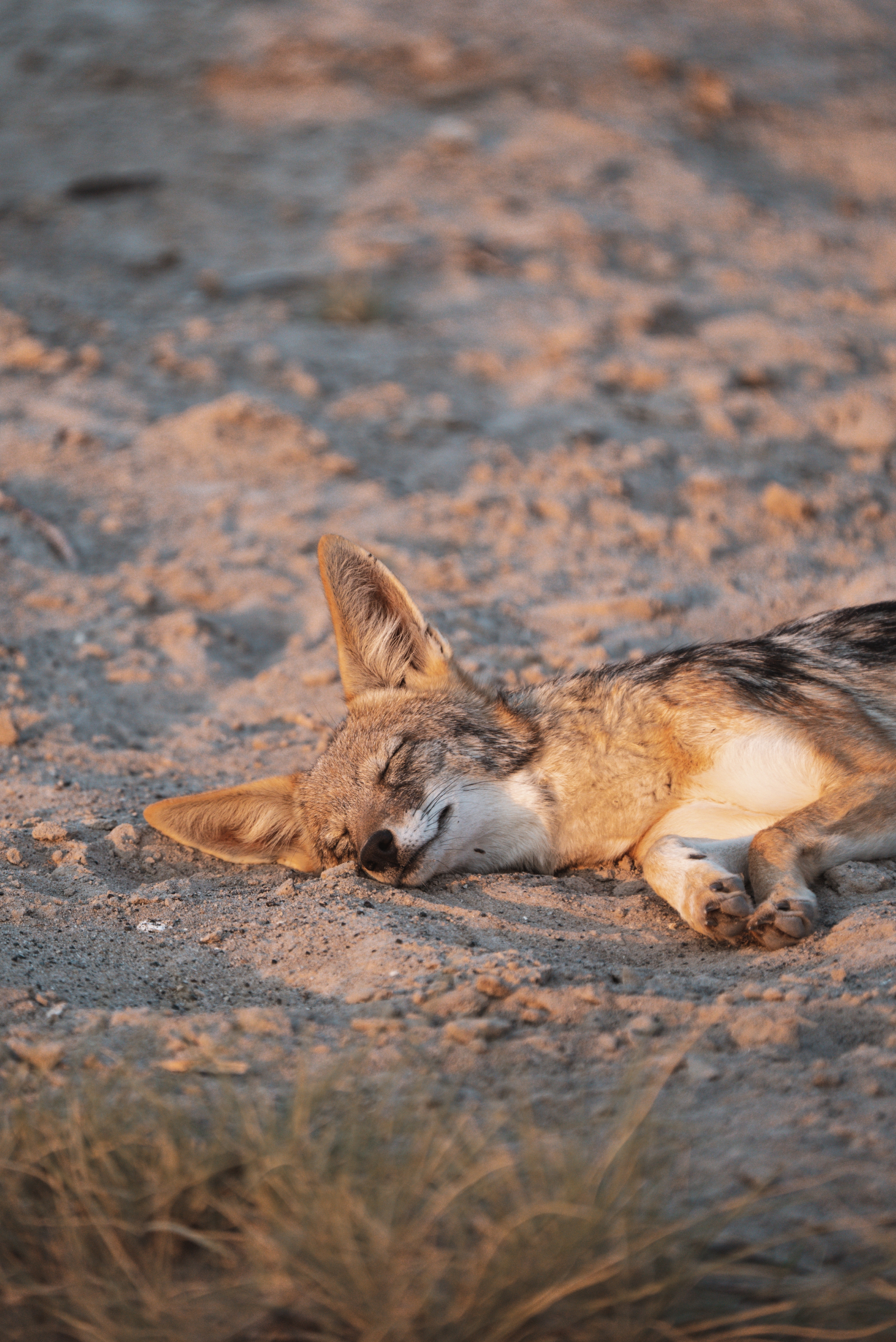
What are some of your favourite lenses to use out in the field?
For capturing those emotive moments, I love the Sony FE 24-70mm f/2.8 GM II – I have a slight addiction to interiors and people moments with a great depth of field. But for wildlife and particularly birding (I am a BIG bird nerd), the Sony FE 200-600mm f/5.6-6.3 G OSS has been with me since day one. I’m a simplistic photographer – and working with two lenses right now does the job.
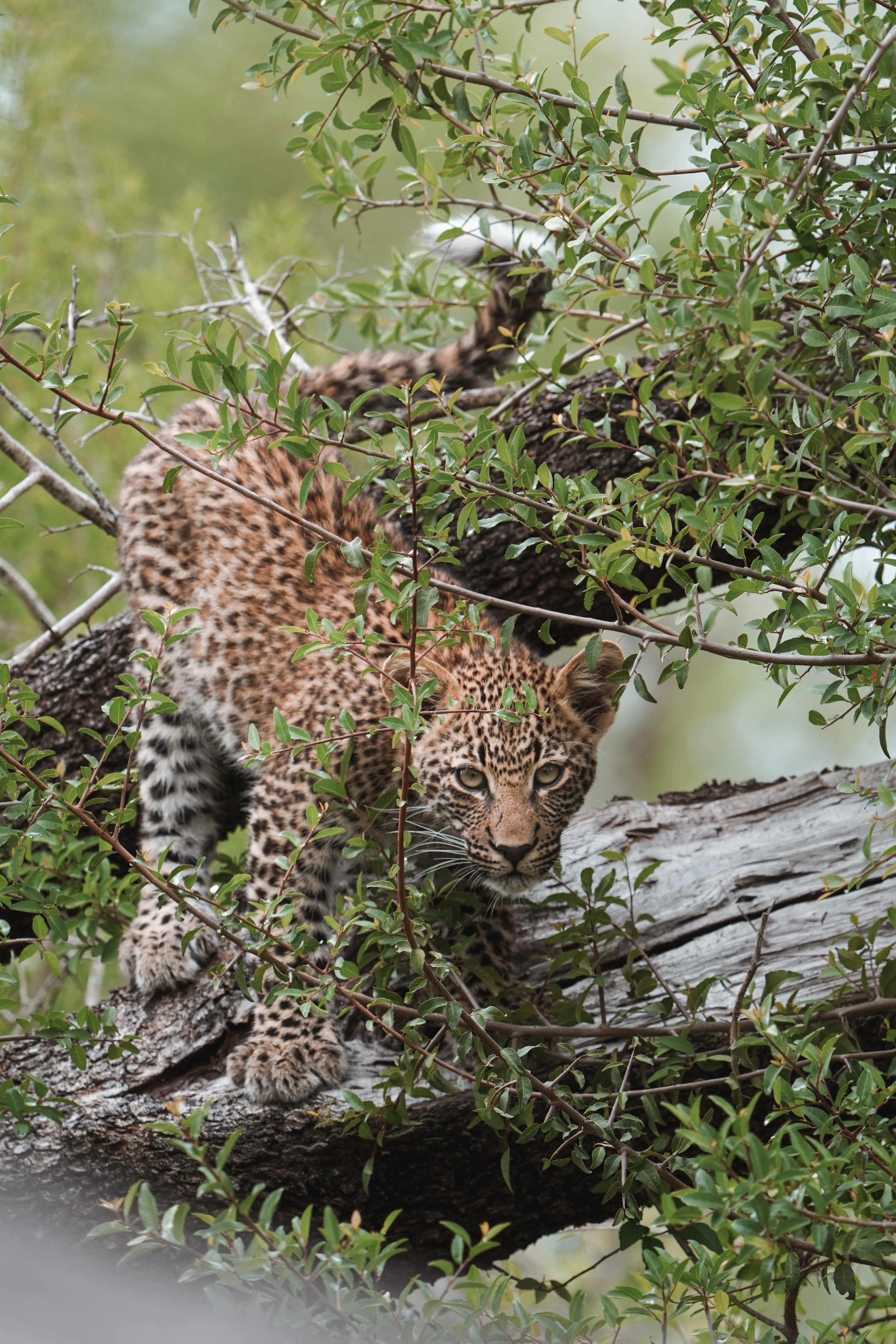
Being a travel and wildlife photographer can look quite glamorous, and I’m sure it is. However, what would people be surprised to learn about your job?
LOL. It’s as glamorous as you’re prepared to make it. My brand is based around looking good on safari, so my wardrobe is a massive part of my trips. It takes 2-weeks to prepare for a 3-day safari, creating mood boards, sourcing looks, making sure brands deliver collabs on time, styling outfits, matching accessories, etc. It takes three days to shoot and then two weeks to edit and post the content. So basically, a 3-day trip takes one month to complete… and then try having five trips back to back… what people don’t realise when they say, “You’re so lucky to go to these incredible places” is the amount of work that goes into them. Yes, I am lucky because I worked hard to get here, but I don’t just #wakeuplikethis.
Rifumo Mathebula
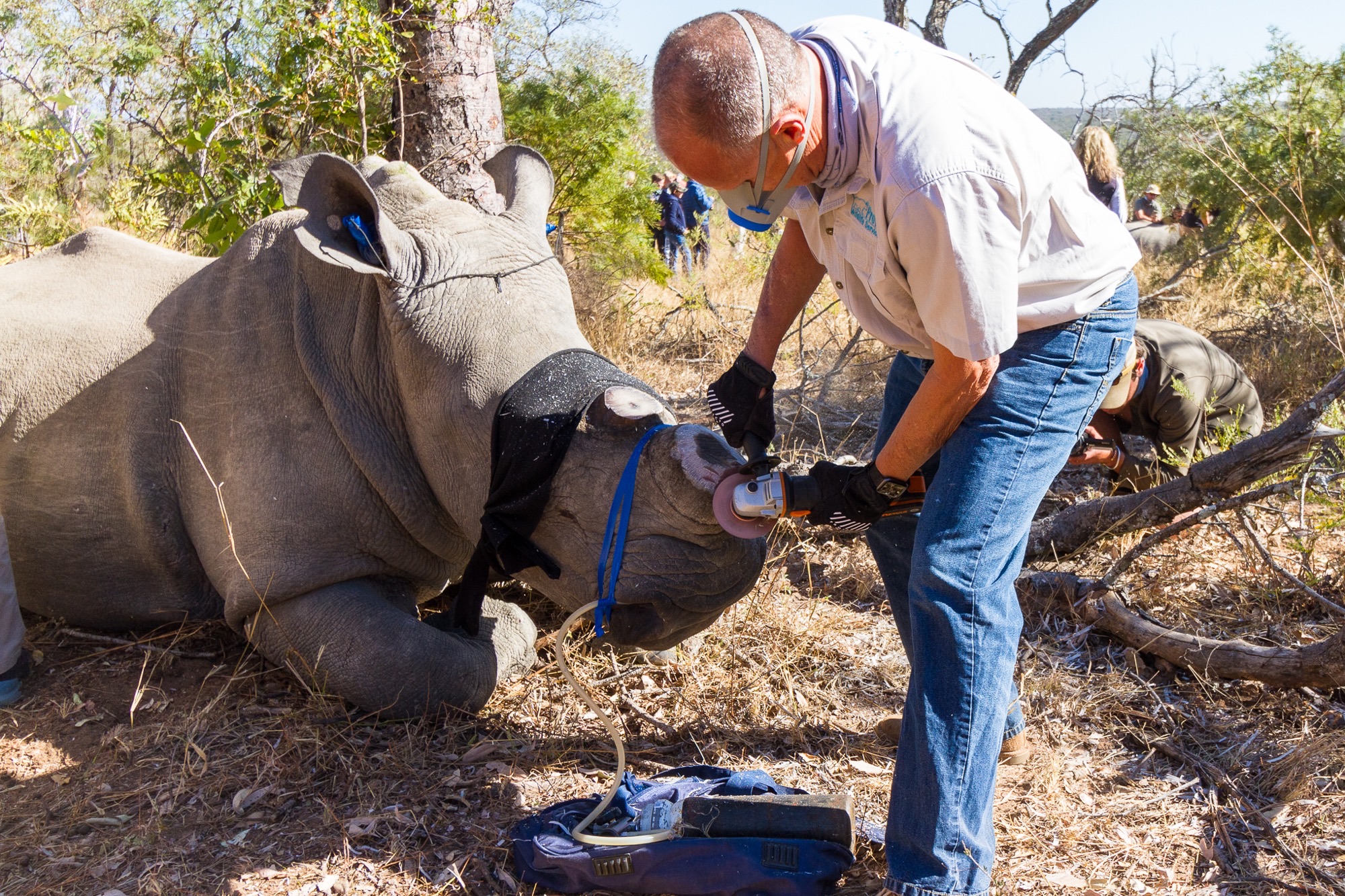
Rifumo Mathebula discovered his love for photography thanks to a workshop organized by Mike Kendrick, the founder of Wild Shots Outreach, an NPO focused on introducing young people from disadvantaged backgrounds to wildlife and wild places through photography. Inspired, Mathebula convinced Kendrick to conduct a similar workshop for his high school class. This experience ignited a passion for environmental photography in Mathebula, ultimately leading him to win the Chartered Institute of Water and Environmental Management’s Young Environmentalist of the Year Award and the Mail and Guardian’s Greening the Future Award for Preservation of Natural Habitats. These accolades honour dedicated individuals making significant contributions to water management, sustainability, and the preservation of natural environments.
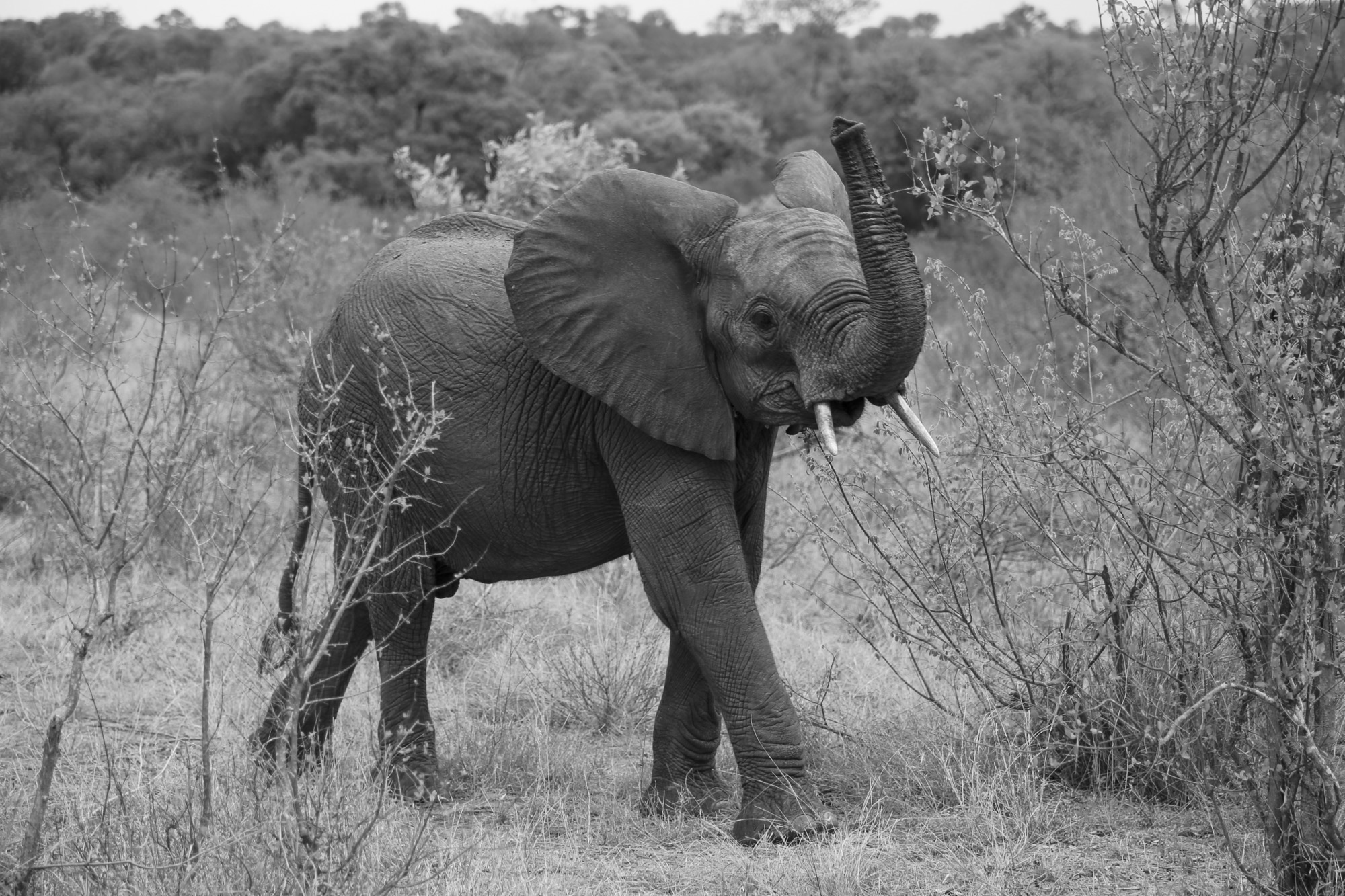
Why Do You Believe It’s Important For Young Kids To Engage With Wildlife And Photography?
Wildlife is our natural heritage. It is so important for young people to have this connection – otherwise, how will we save Africa’s wildlife? Photography is a powerful platform and vehicle for these young people to connect with wildlife, make memories, and tell their own stories.
What’s Your Favourite Thing About Photographing Wildlife?
My favourite thing about photographing wildlife is that it connects me to my heritage. I am helping to protect our nature and conserve it in order to boost our economy and create job opportunities from that.
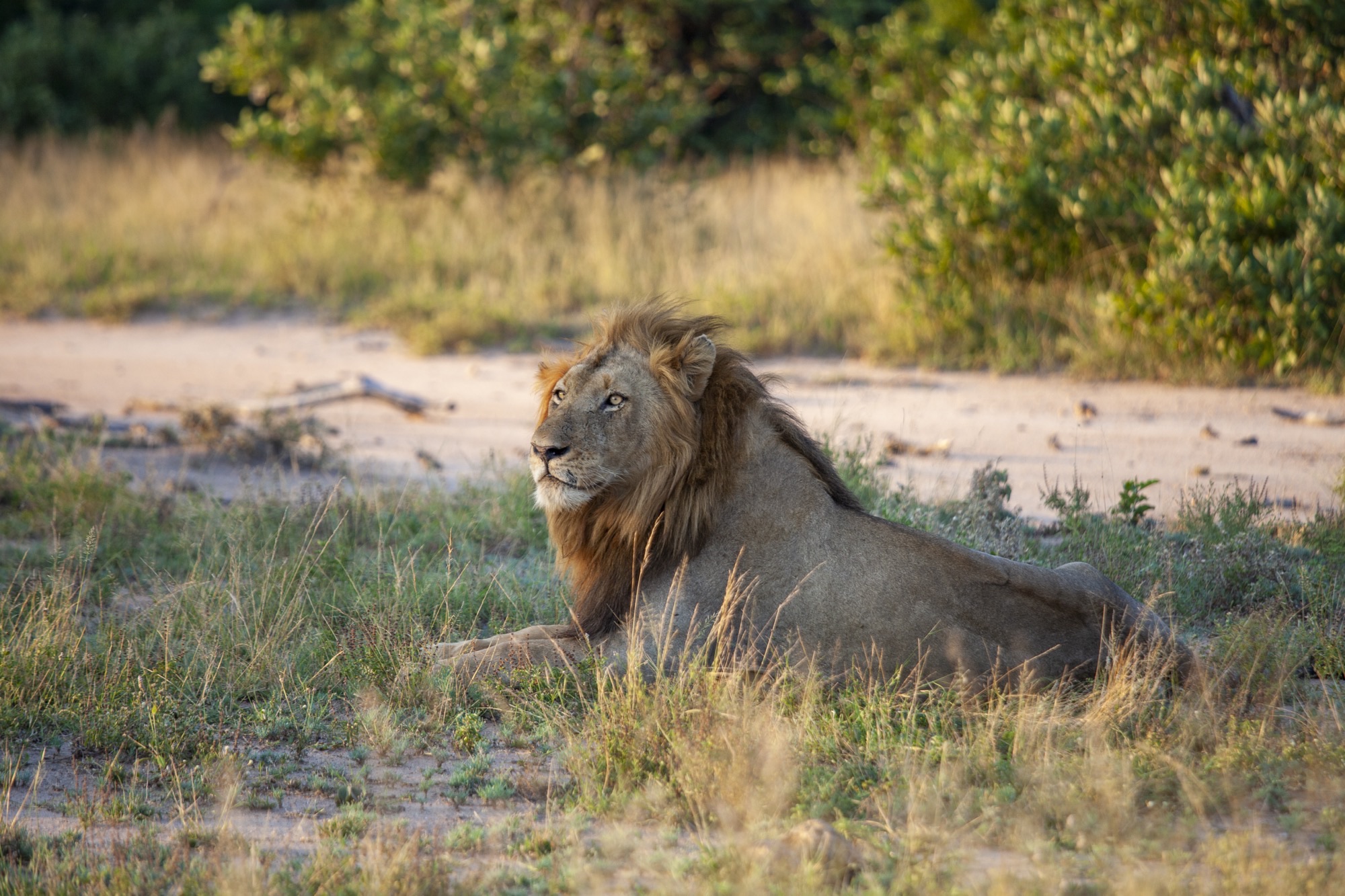
Which Camera Do You Shoot With?
I use a Canon EOS 6D. I also received the wonderful Canon R10 from the incredible team at Canon.
What Are Some Of Your Favourite Lenses To Shoot With?
Canon EF 24-105mm f/4L IS USM and the Canon EF 75-300mm f/4-5.6. I’m hoping and looking forward to moving to super telephoto lenses for my wildlife work.
Jaime Freeman
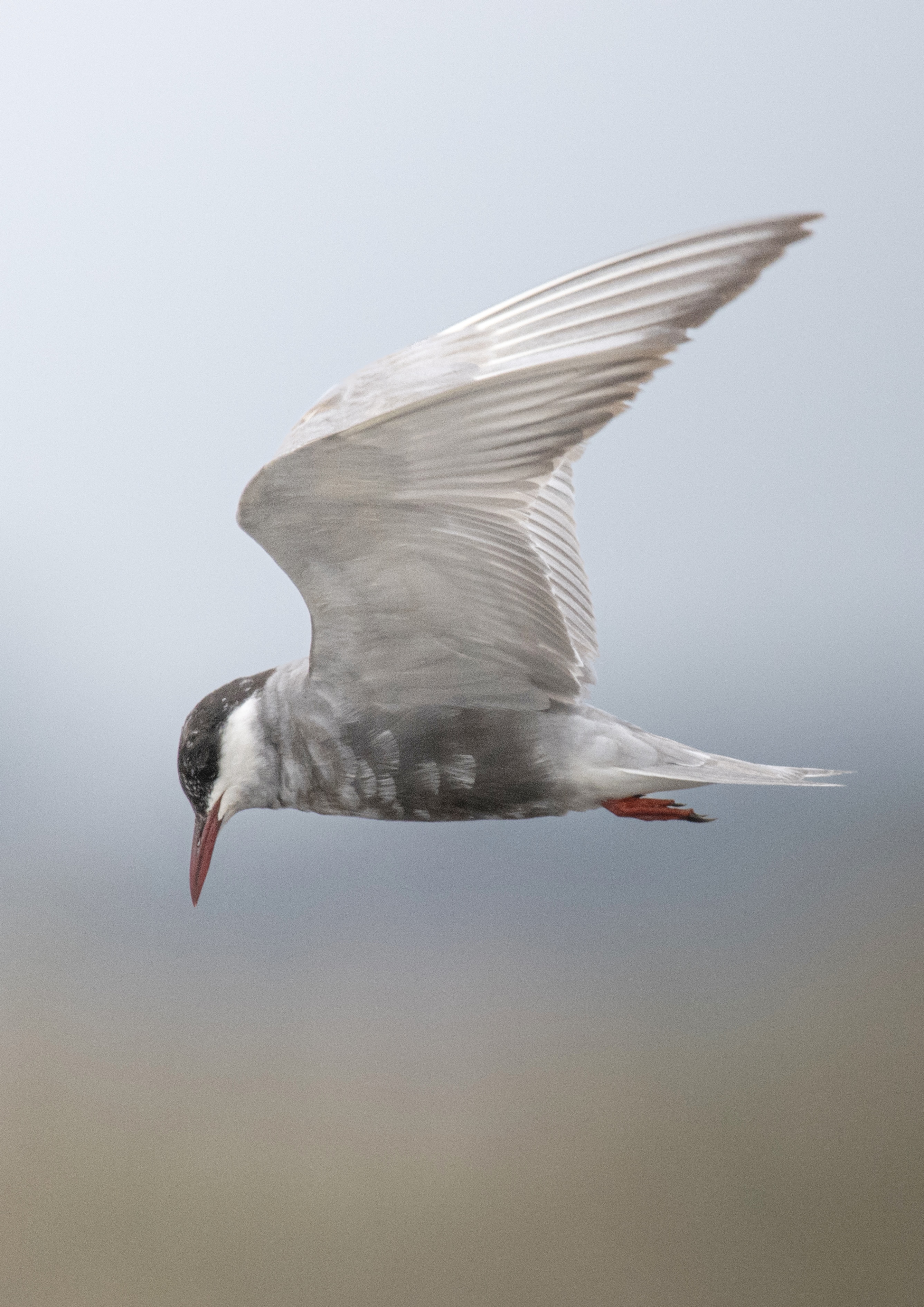
Earlier this year, Jaime Freeman was named the Young South African Photographer of the Year. Freeman’s lifelong love for nature inspired his passion for capturing the wild through his lens. His work stands out in the competitive photography field for its blend of technical skill and fresh, youthful perspective. This accolade not only highlights his current achievements but also signals his bright future in photography.
What kind of camera and lenses do you typically use for your wildlife photography?
My setup used to consist of the Canon 90D with the Sigma 150-600mm Contemporary lens. However, since winning the Canon R7 as a part of my award, I have been shooting with that instead.
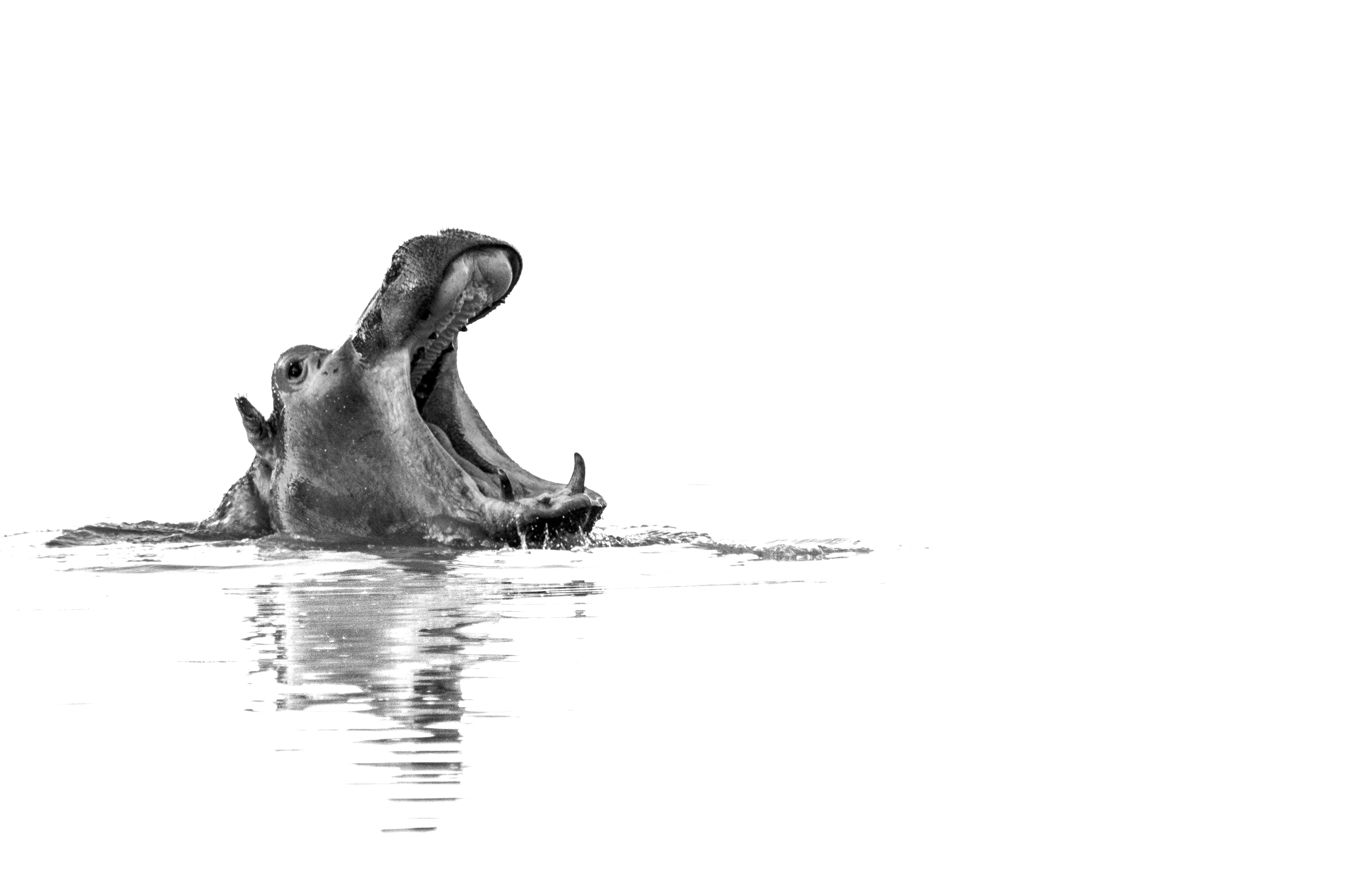
What techniques do you use to get the best shots of animals in their natural habitat?
Photographing wildlife in their natural habitat can be very difficult. The most important things are patience, and respecting the creature’s space. That along with correct timing and location, is the best recipe for a successful photograph.


